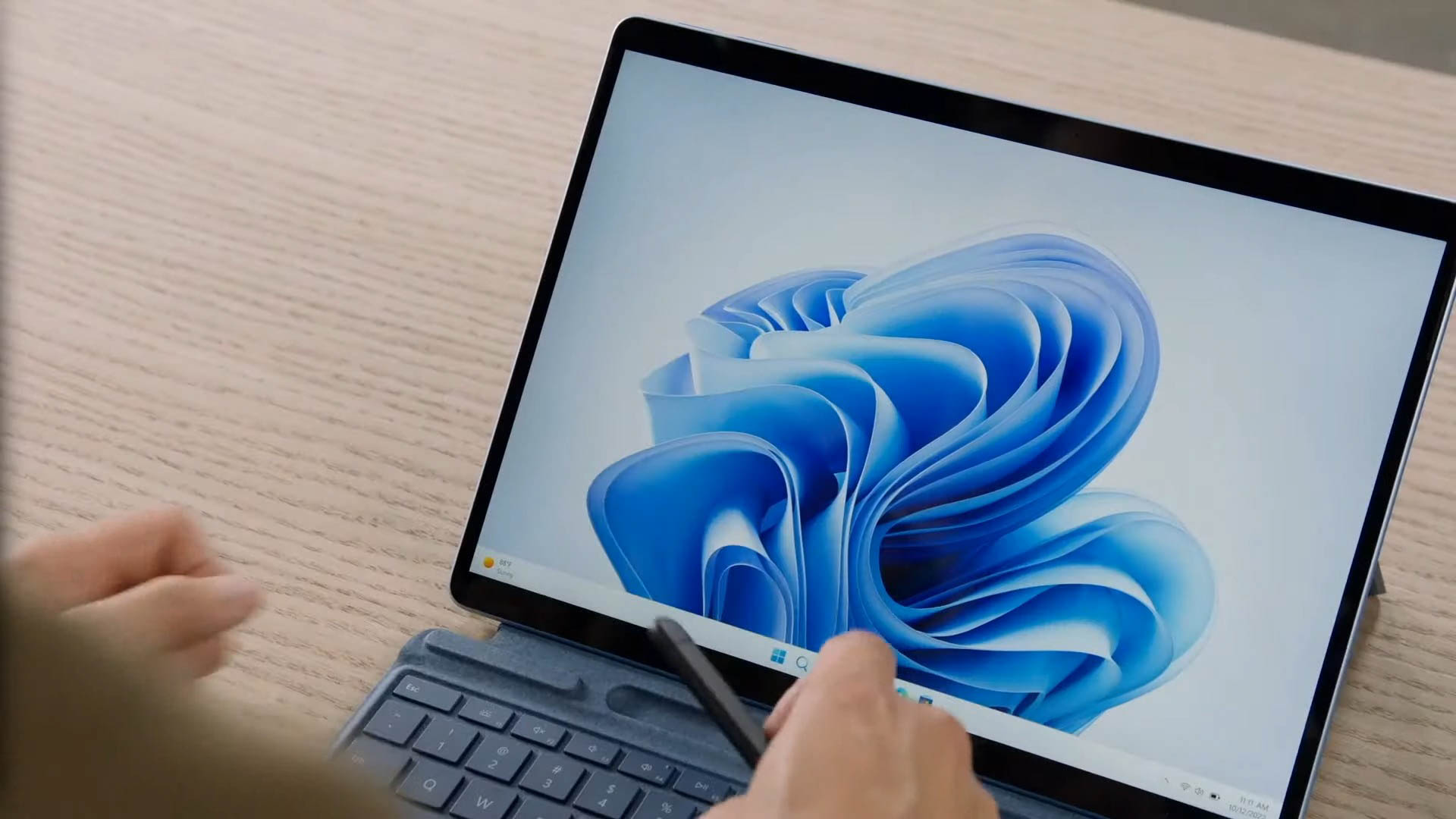7 Ways Ultrabooks Beat the New MacBook Air
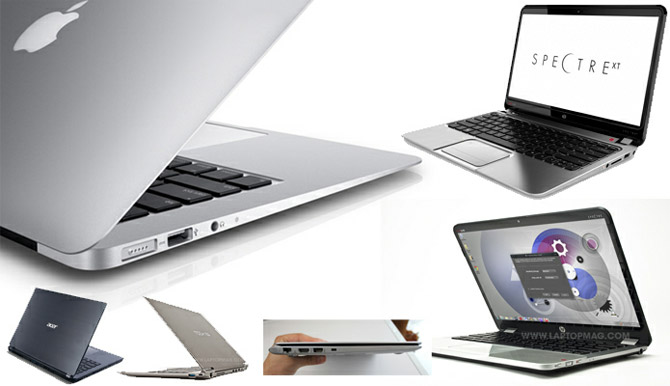
In introducing the latest line of MacBook Airs, Apple CEO Tim Cook took a nasty shot at Ultrabooks, the PC competitor to his company's lightweight laptops. "Everyone is trying to copy it," he said of the Air. "They find it's not so easy."
Up until recently, Cook was indisputably correct. None of the so-called first-generation Ultrabooks we reviewed between the launch of the original ASUS Zenbook UX31 in October and the Samsung Series 9 we reviewed in March could defeat the Air. However, new Ivy Bridge-powered Ultrabooks arriving in the next few months have advantages that could help them defeat even the refreshed MacBook Airs.
Here are seven ways new Ultrabooks beat the 2012 MacBook Air.
Screen Quality
A few months ago, the MacBook Airs would win hands-down in a screen contest against any Ultrabook, but today their displays seem sadly out-of-date. The 2012 MacBook Airs maintain their resolutions of 1366 x 768 for the 11-inch model and 1440 x 900 for the 13-incher while the best Ultrabooks have leaped ahead to full HD. The just-launched ASUS Zenbook Prime UX31A (pictured) has a 1920 x 1080 screen and so does its 11.6-inch brother, the Zenbook Prime UX21A. Do the math and you'll see that's a pixel density of 189.91 and 165.63 pixels-per-inch (PPI) on the Zenbooks versus 135.09 and 127.68 PPI for the Airs.
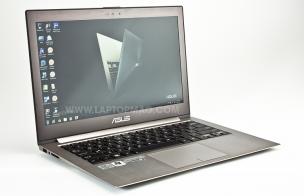
Even better, the ZenBook UX31A has a super bright IPS display that measured a whopping 423 lux on our light meter as compared to 285 lux on the 2011 13-inch MacBook Air. To be fair, we haven't been able to measure the brightness yet on the 2012 MacBook Airs, but Apple announced no improvement in screen quality so we expect similar results to last year's model.
ASUS isn't alone in offering more screen real estate than Apple. Acer just announced its Aspire 7 Ultrabooks which also come in 1920 x 1080 resolutions at 11.6 and 13.3-inch sizes when they launch in the fall time frame. The Aspire 7's screen also supports capacitive touch input, something you can't find on any Mac. ASUS and Samsung will also support touch on some of their upcoming Windows 8 notebooks, including the ASUS Zenbook Prime UX21A With Touch and the Samsung Series 5 Ultra Touch.
Stay in the know with Laptop Mag
Get our in-depth reviews, helpful tips, great deals, and the biggest news stories delivered to your inbox.
Weight and Thickness
At just 2.38 pounds for the 11.6-inch MacBook Air and 2.96 pounds for the 13-inch version, the MacBook Air is one of the lightest notebooks on the market, but guess what? It's not the lightest in either form factor. At just 2.14 pounds, the Gigabyte X11 holds the lightweight crown for 11-inch notebooks, thanks to its all-carbon fiber body. The 11.6-inch Aspire S7 weighs about 2.2 pounds itself.
In the 13-inch size, both the upcoming Toshiba Portege Z935 and its predecessor, the Z835, weigh just 2.4 pounds. According to Acer reps, the 13-inch Acer Aspire S7 should weigh around 2.6 pounds, 0.36 pounds less than the Air.
At just 0.68 inches at its thickest point, the 13- and 11-inch Airs are among the market's thinnest notebooks, but amazingly, they are not alone. The Portege Z935 is just 0.6 inches thick at its thickest point while the ZenBook UX31A tops out at a nearly-identical 0.66 inches.
Ports
With the new MacBook Air, Apple upgraded the notebook's two USB 2.0 ports to USB 3.0, a standard we began seeing on many PC notebooks over a year ago. In addition to its USB ports, the Air has a Thunderbolt port which doubles as DisplayPort out and, on the 13-incher, an SD card slot. Conspicuously absent is an Ethernet port, along with the more common HDMI or VGA options.
Some Ultrabooks have an equally thin selection of ports and others, such as the Dell XPS 13, are even lamer than the 13-inch Air, because they don't even have an SD card slot. However, choose your Ultrabook wisely, and you'll get all the ports you need and then some.

The Toshiba Portege Z835 and Z935 have Ethernet, HDMI and VGA ports, along with an SD card slot and three USB slots. The upcoming Acer Aspire S5 solves the port problem by having a fold-out back with HDMI, Ethernet and two USB ports, while the HP Envy Spectre XT (pictured) uses a fold-down Ethernet port.
You still need an Ethernet port, because in many locations, wired Internet is more faster and more reliable than wireless. You need VGA because a lot of external monitors and projectors, even brand new ones, don't support HDMI or DisplayPort. You need HDMI because most TVs and some projectors and monitors have this high-quality, digital connection. Yes, you can get an adapters to add Ethernet or even HDMI to a Mac, but that's one more tiny object for you to carry and potentially lose.
Audio Quality
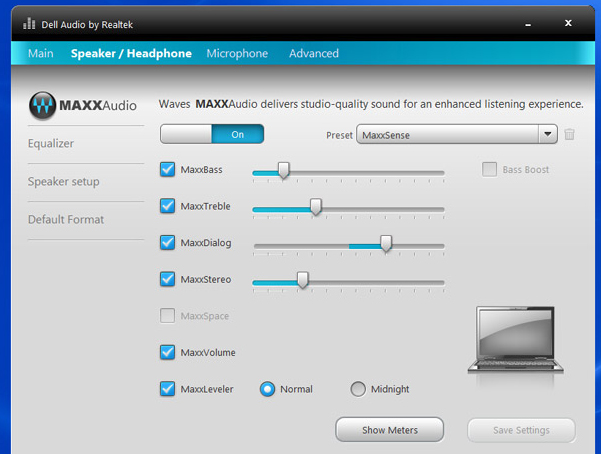
The music playback on the last MacBook Air we tested was surprisingly good, but Apple doesn't even market its audio quality as a major selling point. Meanwhile, HP bundles the new Envy Spectre XT with Beats Audio, Dell jazzes up the XPS 13 with Waves Maxx audio (pictured) and ASUS rocks high-fidelity Bang and Olufsen ICEPower speakers that sound fantastic.
Graphics Performance
Shall we play a game on the new MacBook Air? If it's anything really demanding, we can forget about it, because the 2012 MacBook Air only comes with Intel's integrated HD Graphics 4000 solution. However, several Ultrabooks now have speedy Nvidia GT600-series graphics chips available as an option. These systems include the 13-inch ASUS ZenBook Prime UX32 and 14-inch Gigabyte U2442N and Acer M5-481TG.
Like other Nvidia-powered notebooks, these Ultrabooks all feature the company's Optimus graphics switching technology. So when you need great battery life, the notebooks go into integrated mode, but when you need a graphics boost, they fire up the GeForce.
Price
The starting price for the 11-inch MacBook Air remains stuck at $999 while the 13-inch MacBook Air dropped to a still-pricey $1,199. While these prices are pretty reasonable for what you get, they're about double the price of the average PC notebook.
If you're willing to settle for a 14-inch Ultrabook with a hard drive instead of an SSD, you can pick up the Dell Inspiron 14z for as little as $599. The super-thin 13-inch Portege Z935 will start at $899, a full $200 less than the comparably sized MacBook Air. You can even find a Samsung Series 5 Ultrabook for just $799 these days.
Form Factors
You can buy any size MacBook Air you want, as long as it's either 11.6 or 13.3 inches. If you want something bigger that turns Mac OS X, you either have to settle for the bulkiness of the regular 15-inch MacBook Pro or pony up a minimum of $2,199 for the 0.71-inch, 4.46-pound new MacBook Pro.
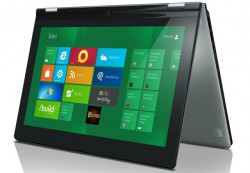
With Ultrabooks, you can get a lightweight 14-inch system such as the upcoming 3-pound ThinkPad X1 Carbon or the 4-pound, 0.8-inch thick HP Envy Spectre 14. You can even get a 15-inch Ultrabook such as the 3.8-pound, 0.58-inch Samsung Series 9. At just $1,499, that notebook is not only thinner and lighter than the new MacBook Pro, it's also $700 cheaper.
If you really want something different, a few upcoming Windows 8 Ultrabooks provide mechanisms for turning themselves into tablets. The 13.3-inch Lenovo IdeaPad Yoga and 14-inch Samsung Series 5 Ultra Convertible both have screens that bend back 360 degrees to turn them into slate mode or bend back just a bit less to put them in tent mode. The ASUS Transformer Book has a screen that pops off to become a standalone Core i7 slate and the 11.6-inch MSI Slider S20 has a keyboard that pops out of a compartment.
Final Thoughts
There's no doubt that Apple's 2012 MacBook Air laptops provide a compelling combination of performance and portability, but as with all things Apple, your choices are limited. If you're satisfied with the screen, ports, size, audio, price and graphics performance offered by the Airs, they are likely to provide a solid user experience for years to come. However, if you want something different, such as an HD screen, high-fidelity audio, discrete graphics or a larger form factor from your portable notebook, you may want to wait and see how some of the new Ivy Bridge-powered Ultrabooks turn out as they hit the market over the weeks and months ahead.

